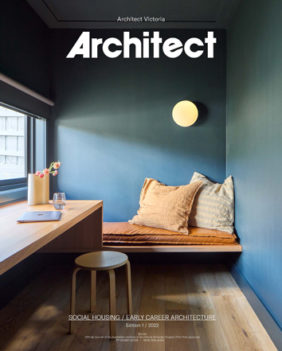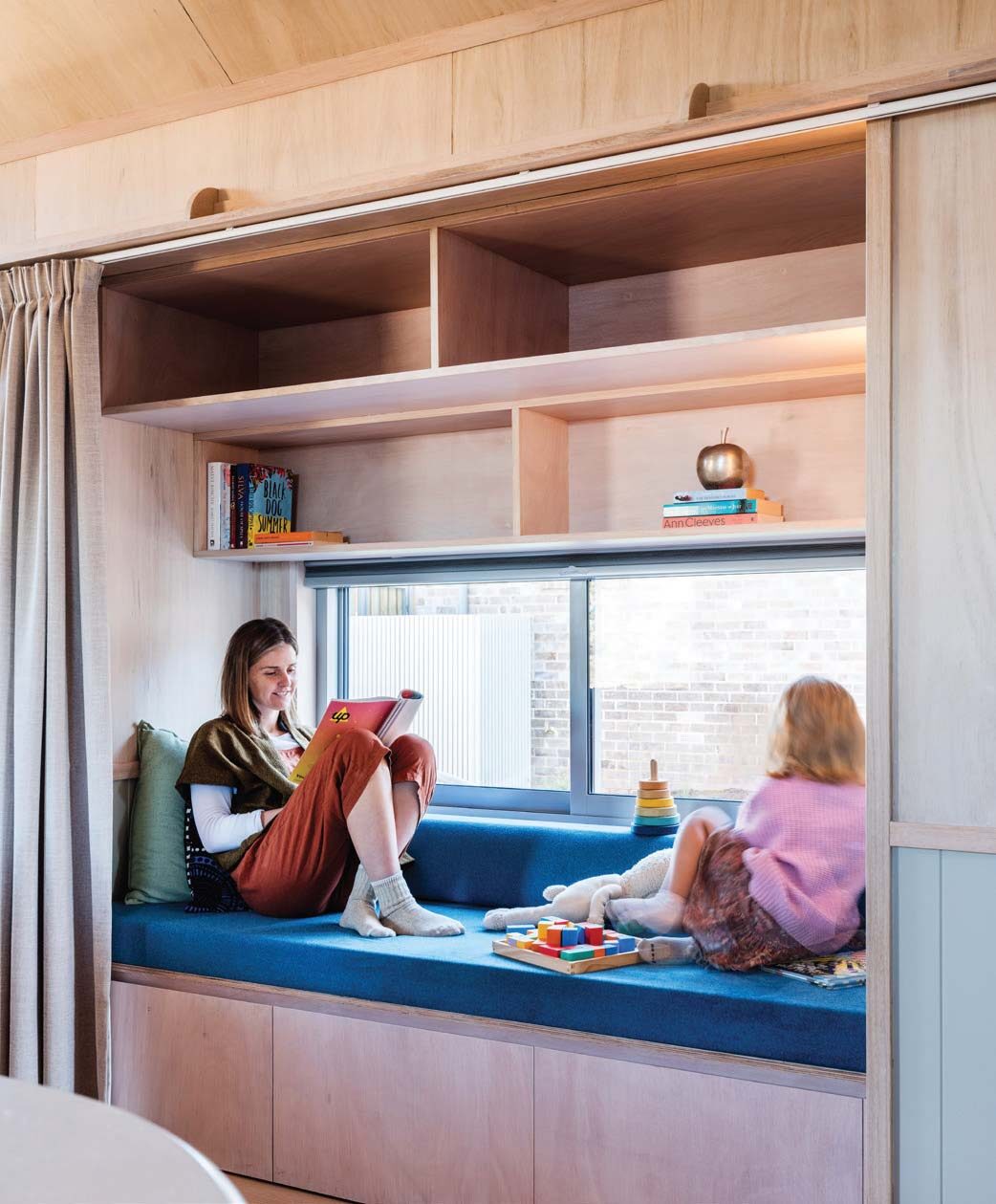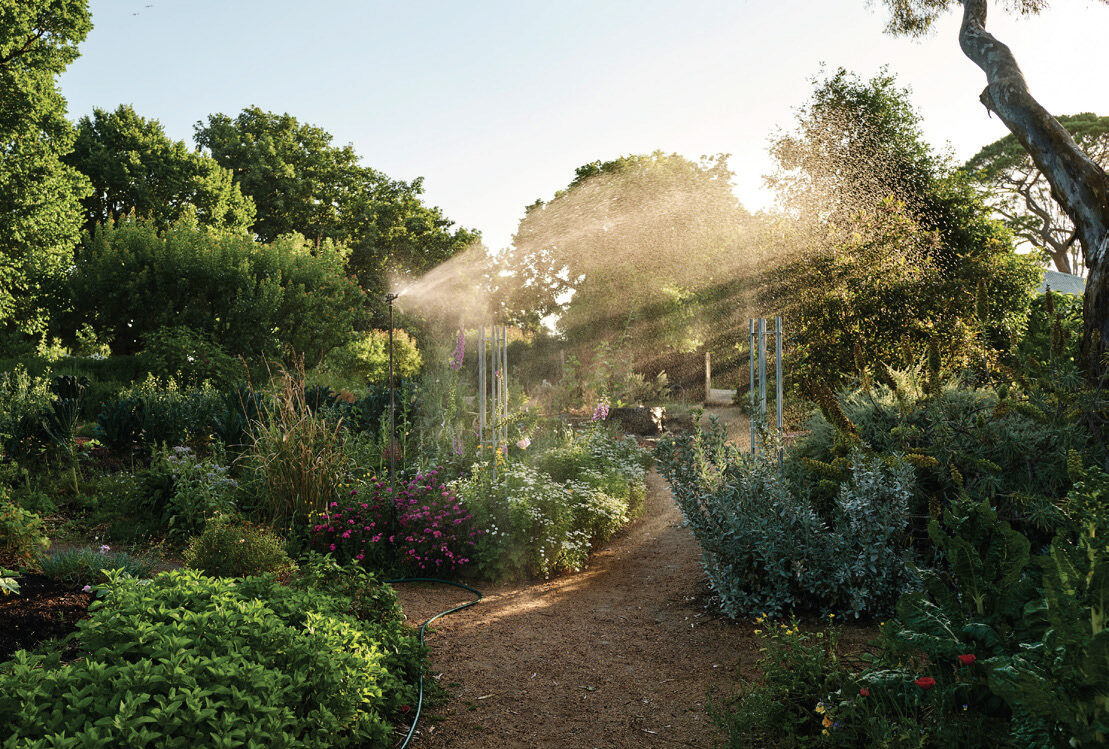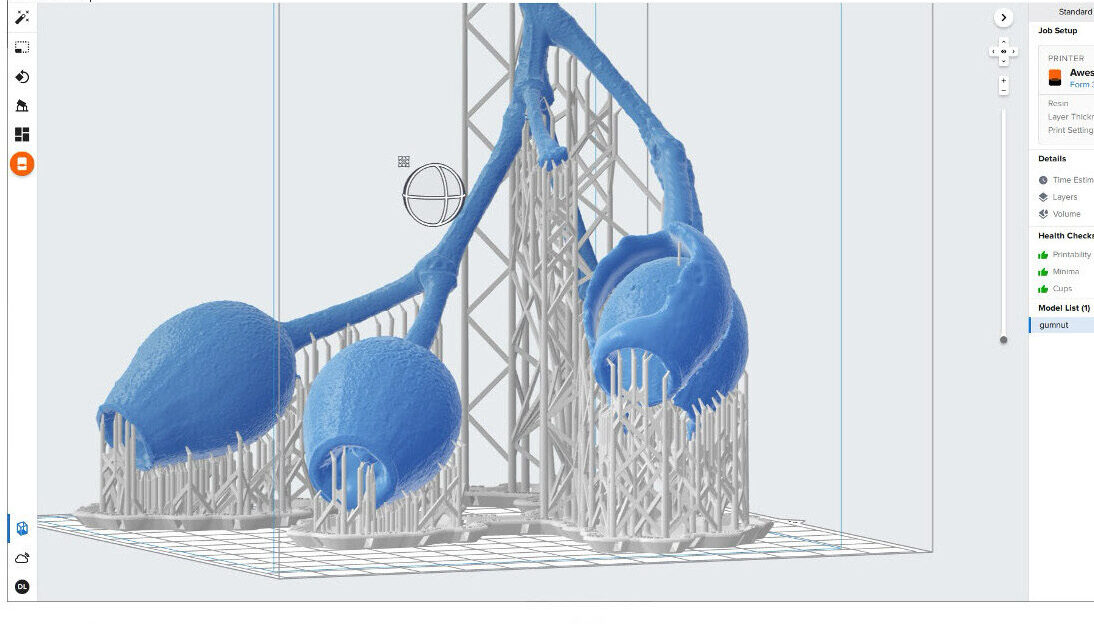Homelessness and social housing
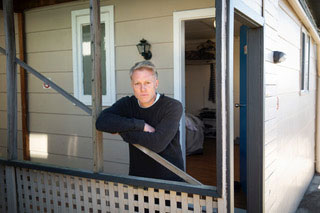
Q. What is the best way forward for councils and governments to increase social housing in Melbourne and its suburbs?
The simple answer is to build more social and affordable housing. The 2016 census estimates 116,000 Australians were homeless. The Victorian Government has committed to building 12,000 new social housing units and that’s a really good start but the Council to Homeless Persons and provider Launch Housing have called for 10,000 units a year for the next ten years to really solve homelessness. All levels of government need to work in partnership with the private sector. Mandatory affordable housing targets are required for any new development and we must stop seeing the provision of housing as a cost only proposition. For every dollar spent, housing someone returns nearly triple the amount in community benefit through less interactions with the justice system, health system and allowing people experiencing homelessness to become part of society again.
Q. According to the Australian Bureau of Statistics there are approximately 25,000 people who are currently homeless within Melbourne. What services are required in addition to social housing to make positive changes?
It is critical that the appropriate wrap-around services are funded to ensure the ‘stickability’ of getting someone into housing. Someone experiencing homelessness may have complex issues that could relate to family violence, childhood trauma and abuse, drug and alcohol addiction, mental health conditions and chronic health issues. It really needs to be a holistic approach to helping a person mend themselves and it might take weeks, months, years and in some cases a person may require life-long support, and that is ok. The other important focus needs to be on those who are at risk of homelessness. Very often our attention turns to people sleeping rough, but this is just the tip of the iceberg when it comes to homelessness. This takes a very joined-up approach to issues like job insecurity, family violence, mental and physical health support and drug and alcohol addiction. I’m very proud that the organisation I now work for, the Kangan Institute, has a youth foyer where 40 young people who’ve experienced homelessness or are at risk of homelessness live on campus for two years while gaining a TAFE education. This initiative in partnership with the Brotherhood of St Laurence and Launch Housing can really break generational homelessness. I hope to see this model spread across TAFEs nationally.
Q. Have other Australian states or other countries been successful in providing housing models that could assist Melbourne in its planning of social housing?
I think Melbourne has learned a lot in the last four or five years. There are now a host of support services for people experiencing homelessness and it appears there’s a renewed appetite for investment in social and affordable housing. There has been a lot of exchange from cities across the world because sadly this isn’t unique to Melbourne. The Housing First model is being pursued by many cities around the world with a degree of success. Importantly though, it must also be relationship first. Each person must be seen as a person and not a number. This is vital to ensure the stickability of housing outcomes. I think the Don Dunstan Foundation approach to homelessness in Adelaide is definitely worth adopting. The Adelaide Zero Project is about an end to functional homelessness and I think it is the governance model that we could really learn from. Fundamental to success is all homelessness agencies, police, all levels of government, the private sector and community working together. Just as important is the agreement and understanding that homelessness is solvable. We can’t simply accept homelessness as the by-product of modern-day cities and towns.
Q. Do you feel that social housing and housing affordability are best addressed in unison with local councils, state government and federal government?
Absolutely 100%. This huge structural, economic and social issue of homelessness can’t be solved by any one level of government alone. The best results in tackling homelessness are where all levels of government, homelessness agencies, police, community and the private sector come together behind a common vision and framework to end homelessness.
Q. You recently took part in a documentary on homelessness. What did you learn from this experience?
What I learned was that I didn’t really know anything about homelessness prior to the SBS series. In my role as Deputy Lord Mayor of Melbourne I knew what the drivers of homelessness were, the statistics, how many rough sleepers we had and what programs we had in place to support people experiencing homelessness. I thought I knew a lot. Within hours of being dropped off at night in the middle of Sydney with no money, phone, contact with family and no place to sleep for ten nights the impacts began. I was confused, scared, and the city took on a completely different feel. After a few days the lack of sleep, proper food and lack of purpose made me feel like I’d aged. I can only imagine what those impacts would mean for someone who was truly homeless. The mental and physical impacts were so pronounced that any idea that someone experiencing homelessness should just get a job is so far off the mark. They are just coping, surviving. However, the greatest impact for me was when I stayed a few nights in a park with Phil who was living out of his car. The emotional connection I had with him nearly broke me. My time with Phil hammered home the fact that he wasn’t just a number or a statistic. They aren’t them, they’re us and nobody deserves to be on the street. The other big learning was the many forms of homelessness. Whether that’s sleeping out of a car, in crisis accommodation, couch surfing or a boarding house. There’s so much homelessness we don’t see.
Q. During COVID-19 hotel accommodation had been provided for rough sleepers. Would it be possible to build upon this going forward, post-COVID?
I think the program to move rough sleepers into hotels was initially really successful. It wasn’t perfect and I think more wrap-around services are required to improve the model, but it was a step to show what is possible. The difficult part is what happens now and sadly some of those housed during the first COVID lockdown are back on the streets. We can’t let this opportunity presented by COVID slip away and I’m holding out a lot of hope for Victoria’s Big Housing Build program, but there must be a relationship-first approach where a case management approach is taken. Ultimately, we need more social housing, but we must also help to re-build people. Mental health and addiction support, education, employment and support networks aren’t quick fixes, but if we get it right, they can mean real, long-term, generational change. I think hotels for homeless can be a stopgap, but it isn’t a long-term solution.
Q. What is your view on climate change in relation to homelessness and providing affordable housing in a sustainable way?
Ensuring social and affordable housing is the most sustainable. It can be really important. The last thing we want to do is get a roof over someone’s head that then costs them dearly in heating and cooling costs. A home that’s good for the environment is good for the hip pocket for those who can least afford high on-going costs and well-designed homes are healthier for people. Many studies are now showing how sustainable homes have better air quality and can have a big impact on mental health. I saw first-hand the impacts of the COVID-19 lockdown of the public housing towers in Flemington and Kensington when I volunteered packing food at the Mosque. We can and should do better. A beautiful, sustainable place that keeps the great sense of community I witnessed, is about respect in the end.
Arron Wood AM was elected in 2012 as a councillor to the City of Melbourne and as the Deputy Lord Mayor of Melbourne in 2016. From 2014 to 2017 he was a board member for Sustainability Victoria and in 2017 Chairman of the World Ecocity Summit Advisory Board. Arron is currently the Chief Industry Engagement and Education Delivery Officer for Bendigo Kangan Institute.
Laura Held FRAIA is the founder of Studio OneOne, a multidisciplinary practice that consults in awards, communications and project management, and an Architect Victoria editorial committee member.
